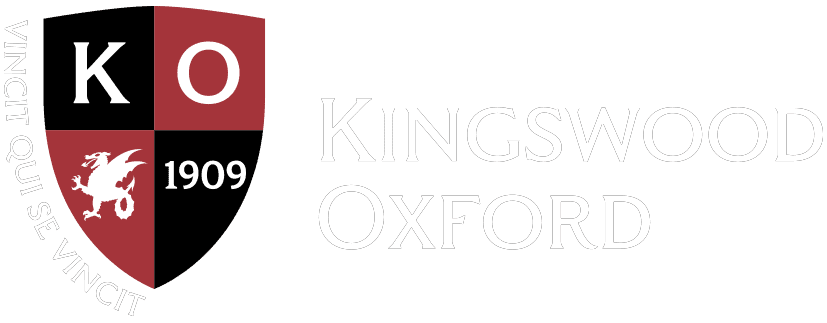April 29, 2019
Students Thrive Best When They Know Their Learning Styles
Jackie Rubin, Director of Academic Skills
When psychologists began assessing human intelligence a century ago, their measurements were based largely on an individual’s verbal and mathematical abilities. During the past two decades, however, researchers have determined that there are in fact at least eight different types of intelligence:
-
Linguistic–Verbal
-
Logical–Mathematical
-
Spatial–Visual
-
Body–Kinesthetic
-
Musical Intelligence
-
Interpersonal–Social
-
Intrapersonal–Self
-
Naturalist-Scientific
The discovery that there are many different ways of being smart has been profoundly helpful to teachers as they seek to engage and motivate students. While instructional methods have traditionally been geared largely to students with linguistic and logical intelligence, teachers have devised new lessons, experiences and activities to stimulate and nurture children with many different types intelligence.
When I first meet seventh-graders in my Life Skills class, I ask them to name three things they know they’re good at. Their responses might range from soccer (Body–Kinesthetic Intelligence) to chess (Logical–Mathematical Intelligence) to singing (Musical Intelligence). Identifying these areas of success and enjoyment not only boosts children’s self-confidence and sense of achievement, but it also helps teachers determine what types of educational approaches will be most productive for each student.
Another helpful way to determine how students learn best is to figure out their preferred learning styles. While some students exhibit a strong preference for one learning style, most exhibit substantial abilities in two or more. The key goal is not to categorize students but to encourage each student to ask, “Who am I as a learner, and how do I learn best?” Once students know how they absorb, process and retain information, they can take control of their own learning.
-
Analytical Learners learn best by reading and writing. They like to organize information in a structured way by taking notes, underlining key phrases in a text, and making outlines. Analytical learners do best when teachers provide them with plenty of time to read, write, and analyze their ideas.
-
Visual Learners learn best when they’re seeing and creating visual images. They thrive when they have opportunities to examine and construct pictures, graphs, maps, charts, diagrams and videos, and they also like to make lists, take notes and doodle. Visual learners do best when teachers supplement words with graphic elements.
-
Auditory Learners learn best when they can listen, talk, read aloud, discuss ideas with classmates, and ask questions. They prefer lectures and discussions to reading and writing, and they process information by talking about ideas. Teachers can engage their learning style by posing questions and asking students to repeat information.
-
Kinesthetic Learners learn best when they’re experiencing or doing things. They like to touch objects, act things out, and play games that involve moving around the classroom. They enjoy hands-on projects, like science experiments and constructing models, and process information by recreating and practicing.
Even when a teaching method doesn’t match a student’s learning style, the student can adapt. During a lecture, for instance, kinesthetic learners can take notes, raise their hands and ask questions, while visual learners can make diagrams and sketches to illustrate the information being presented. Likewise, while memorizing information, kinesthetic learners can pace back and forth or bounce a tennis ball, auditory learners can teach a concept to their parents, and visual learners can draw charts and pictures or go online to construct quizlets that include images.
By identifying, exercising and blending their preferred learning styles with their various intelligences, students will not only absorb and master information more effectively, but they’ll also enjoy the learning process more fully.
Thinkers
Blog Main News
